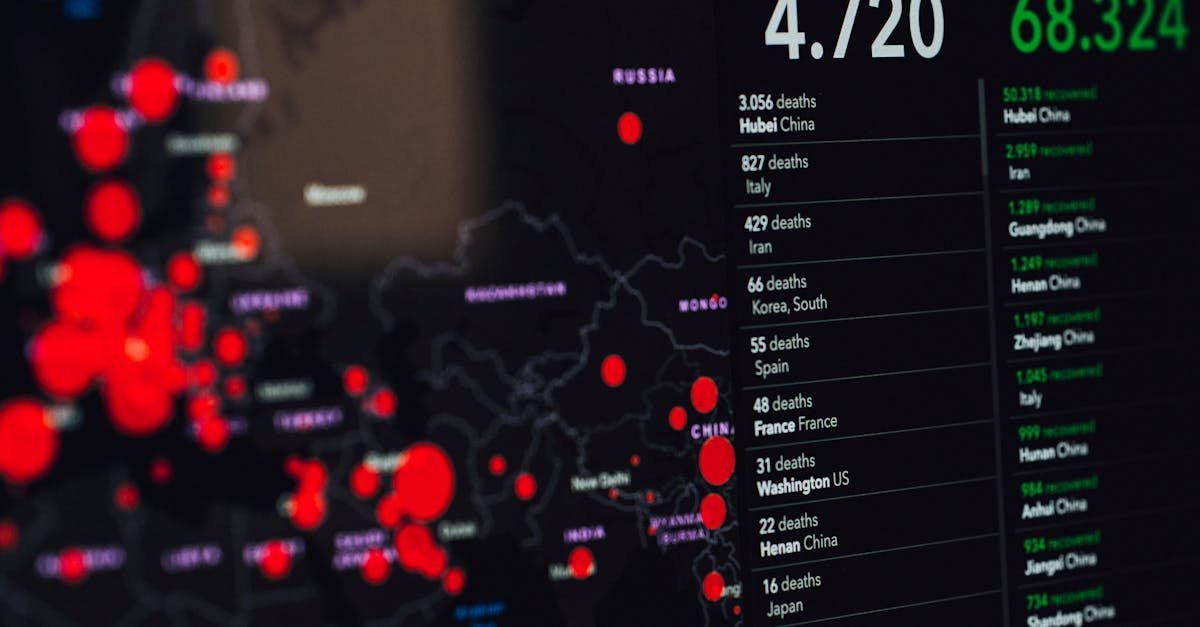Steering Through Economic Storms: GBS Leadership Insights
Ah, the economy. It’s like a toddler—one moment, it’s bouncing along happily, and the next, it’s throwing a tantrum in the cereal aisle. So, we’re here to talk about steering through these economic storms, especially from the fuzzy lens of GBS (Global Business Services, for those blissfully unaware). And you know what? Life’s too short to be all stiff and formal about it. So, let’s loosen up, shall we? Riding the Waves of Economic Uncertainty So, you’re in shared services—great, exciting stuff. But… oh boy. The ride’s been a bit bumpy, hasn’t it? You’ve probably heard it all before—process optimization, shared services transformation. (Yawn, right?) But in times of economic storms, we can’t just weather the situation; we’ve got to ride those waves like we’re on some kind of entrepreneurial surfboard. Wait, are those things even called surfboards? Who cares. You get the idea. You know, it’s about being adaptable. Sure, you can have a rock-solid strategy, but what about that curveball your budget throws? It’s like someone decided to play dodgeball in the corporate world! (Surprise! Budget cuts! Whee!) Here’s the deal: building resilience in your GBS model is key. And not just for show. This is like the real deal. Embrace Change: Because, let’s be honest, change is the only constant. Well, except maybe that one colleague who always microwaves fish in the break room. Gross. Data-Driven Decisions: Look, I get it—data can feel like wearing reading glasses all day. Necessary but kind of annoying. But here’s the kicker: it’s crucial! Lean on analytics to preempt disasters. It’s like having a weather app, but for your resources. Collaborative Spirit: Ever seen a flock of birds? (Yes, I took a nature break there.) They don’t fly solo, right? Thought so! Get your teams together, share insights, brainstorm strategies—let’s call it a GBS team huddle. The Human Element: Stories Over Stats So, let’s get personal for a hot second. I read somewhere—okay, I can’t recall where—about a shared services team that faced some serious budget slashing, like a dramatic haircut gone wrong. But instead of throwing their hands up in despair (which is totally understandable), they got creative. They reached across departments, pooling knowledge and resources, kinda like a potluck lunch sans the awkward small talk. Guess what? They found process optimizations they hadn’t even considered! Who knew the finance team could teach the marketing team a thing or two about efficiency? (Don’t you love surprises?) If you can get your teams talking, you might uncover gems that were buried beneath piles of spreadsheets. Navigating the Road Ahead: Your Compass Now, let’s touch on the not-so-fun stuff—future-proofing. Ugh. But wait! It doesn’t have to be a slog. Think of it as equipping your GBS team for a treasure hunt instead. You’ve got to hand them the metaphorical compass or… okay, let’s say a high-tech GPS. Both work. Invest in Tech: Remember how I mentioned data? Get your hands on some nifty automation tools. They’re like your trusty sidekick in this economic adventure. Focus on Talent Development: Because that one person who’s always late to meetings? They might just have the solutions you didn’t know you needed. Train them, guide them, empower them—let them shine! Agility is Key: Think like a rubber band. Stretch, adapt, but don’t snap. You’ve got to pivot when the market shifts gears. Conclusion: A Collective Journey So, do we know everything about steering through economic storms? Heck no! But that’s the point, right? There’s beauty in uncertainty, in treating each challenge as a chance for creativity. It’s a collective journey, not a solo mission. And if you feel like you’re drowning in the details, just remember—you’re not alone. The shared services community is here, thriving (or at least trying, right?) together through thick and thin. So grab your surfboard (or dodgeball, whatever), and let’s ride this economic wave until the sun comes out again. Take a deep breath, folks. We got this. Now go forth and sprinkle some positivity in your GBS adventures!
Steering Through Economic Storms: GBS Leadership Insights Read More »









